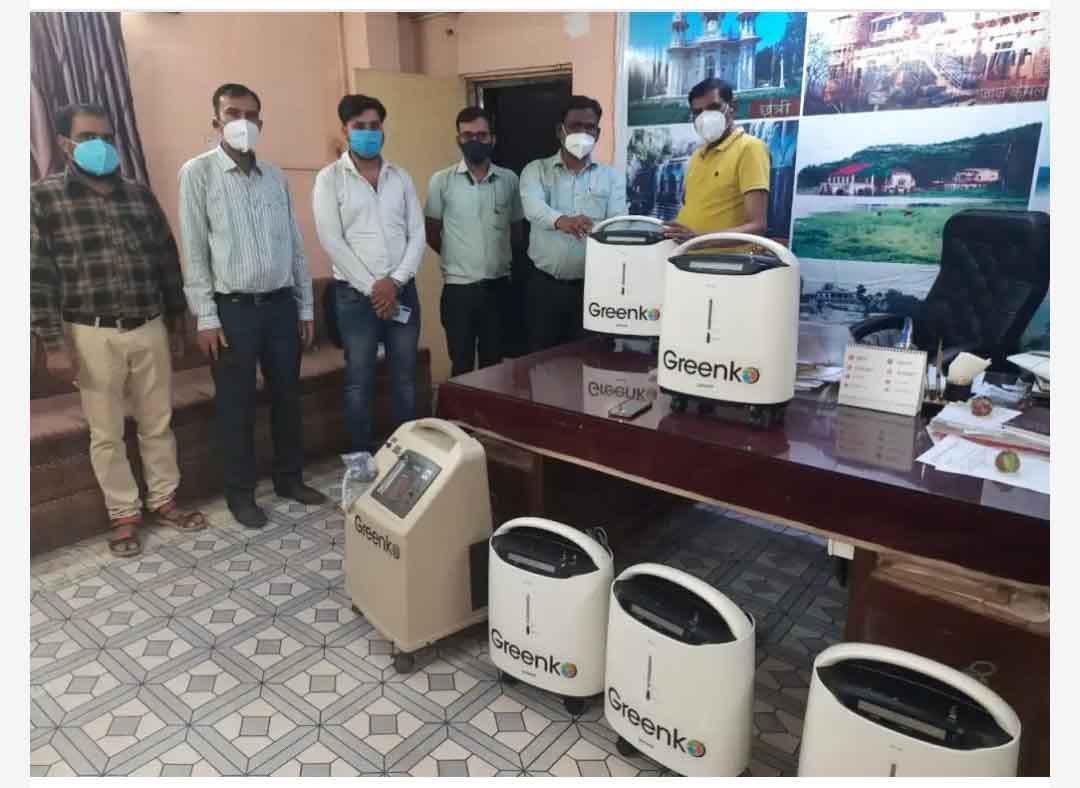Grid-connected electricity generation from renewable sources
The state of Madhya Pradesh in the heart of India has a Mediterranean climate. The average annual temperature in the region is 32° degrees with 7 to a maximum of 12 hours of sunshine per day. Under these conditions, the region is ideally suited for sustainable power generation through solar energy.
Therefore, the project activity involves the installation and maintenance of a 180 MW grid-connected photovoltaic power plant. The generated 327,729 MWh of green electricity per year contribute to diversifying the Indian power generation-mix, which is still mainly dominated by thermal/ fossil fuel-based power plants even though the country is super rich in natural renewable resources like sun or wind. But the project activity in Madhya Pradesh is a step forward towards harnessing the untapped solar potential and further diffusion of the solar technology in the region as it demonstrates the success of solar projects and their positive impact on the nearby area.





Although the development of renewable energy sources is increasing, energy from fossil fuels is still a significant part of energy production worldwide. This is associated with the release of large amounts of carbon emissions. The use of solar energy is a good way to provide people around the world with renewable energy and reduce greenhouse gas emissions. Solar installations, implemented through solar projects, convert sunlight into electricity (photovoltaic) or heat (solar thermal). Even when the sky is cloudy, the solar thermal power plants generate heat and convert it into electricity. Photovoltaic projects use the photoelectric effect to convert sunlight into electricity.
The energy produced is typically fed into the national or regional power grid, reducing the share of fossil fuels in the electricity mix. In addition to reducing carbon emissions, solar projects also prevent the release of various pollutants associated with conventional power generation. Solar energy projects in the ClimatePartner portfolio are registered with international standards.
Explore our projects
Biochar for Climate Action, Healthy Soils, and Better Harvests

A certified climate project combined with additional commitment

Expansion of renewable energy generation in Asia

Ceramic water filters save CO2 and improve health

Improved cookstoves worldwide – for better health and cleaner air

A certified climate project combined with additional commitment

Powering access to renewable energy in Africa

A certified climate project combined with additional commitment

Restored ecosystems remove carbon

Turning degraded farmlands into healthy ecosystems

Improved cookstoves - better for health and the environment